Must-See UNESCO World Heritage Sites in South America
Be amazed by Incan temples, culturally dazzling cities, unspoilt nature, and vast tabletop mountains rising from the rainforest.
Trying to distil South America's incredible charms into seven locations is an exercise in futility - but we'll give it a try.
From sipping cocktails on Copacabana Beach, to exploring pre-Columbian cities in Peru, to gazing in awe at the vast tabletop mountains of Colombia - this continent has pulse-quickening riches of the natural, historical, and cultural kinds.
Check out these seven amazing UNESCO-listed sites before planning your South American trip, encompassing some of the most important heritage sites in the world.

Chan Chan, Peru
The ancient city of Chan Chan in Peru was built around AD 1300 and is the largest pre-Columbian city in South America. The headline attraction is the superbly-restored Palacio Nik An complex, with its royal burial chamber, detailed designs and spacious plazas.
Sadly, heavy rainfall and the El Niño floods have damaged a good deal of the city's external areas, but what survives still gives a remarkable insight into what life was like here 700 years ago and represents one of the most fascinating historical attractions in South America.
Once home to 60,000 people and immense treasures of gold and silver, Chan Chan was conquered by the Incas in 1470 (with its wealth remaining largely in place) before being looted by the Spanish in the 1500s. However, a handful of nearby museums show off the little that wasn't shipped off to Spain.
Chiribiquete National Park– “The Maloca of the Jaguar”, Colombia
Famed for its dramatic 'tepuis' - tabletop mountains - Chiribiquete National Park is the largest protected area in Colombia.
The tepuis are sheer-sided sandstone plateaus that rise up over the surrounding forest in awe-inspiring fashion.
60 rock shelters are located around the bases of the tepuis, on whose walls many thousands of paintings are still visible - some dating back more than 20,000 years.
The paintings depict hunting, various ceremonies and dances - all of which are thought to be connected with the worship of the jaguar, an animal symbolising fertility and power. The descendants of those communities are present in modern-day Colombia, but they do not live on or near the tepuis - which they regard as sacred.
It is possible to join rainforest expeditions to these remarkable rock formations.
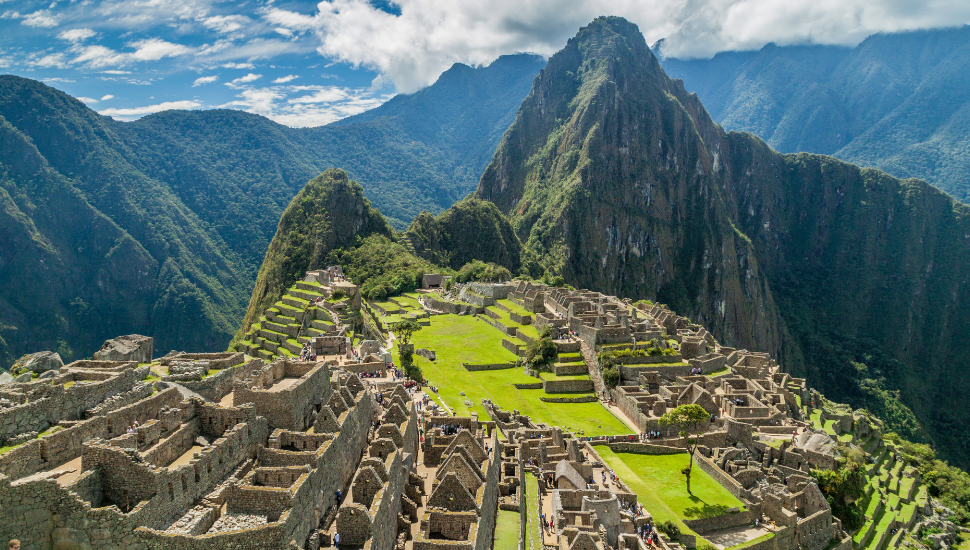
Machu Picchu & Cuzco
The sprawling citadel of Machu Picchu has been a UNESCO-listed site since 1983 and is regarded as one of the most important cultural heritage sites in the world.
Built in the 15th century, Machu Picchu is the most famous of the Incan Empire's settlements and features three key structures:
- the Temple of the Sun;
- the Temple of the Three Windows;
- and the Intihuatana.
Less famous but equally deserving of your attention is the city of Cuzco, an absorbing cosmopolitan destination where Incan ruins sit beside Catholic churches and where llama herders lead their charges past fancy boutiques.
Since you must pass through Cuzco en route to Machu Picchu, pencil in time to explore.
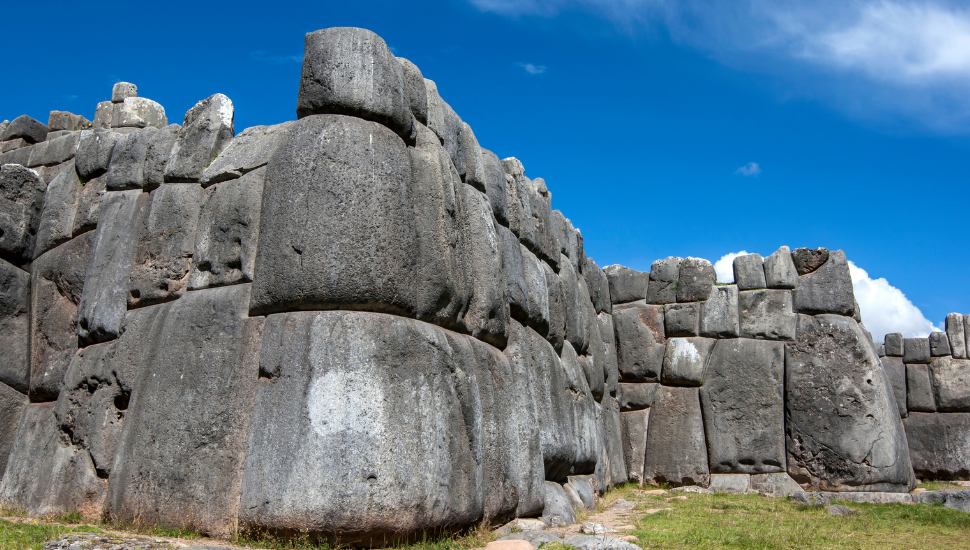
Sacsayhuaman, Peru
Also gaining its UNESCO badge in 1983, Sacsayhuaman was the legendary capital of the Incan Empire, located on the outskirts of Cuzco.
Positioned 3,701 metres above sea level, the remains of this city are shrouded in mystery, since scientists cannot work out how they were built. It appears that the Incans managed to carve huge stones and place them into walls without any mortar.
Since the blocks have such irregular shapes, no-one is quite sure how they even did it - resulting in some rather outlandish theories (help from outer space, for instance).
We’re sure you’ll have your own thoughts after a visit to this, one of the most iconic monuments in South America.
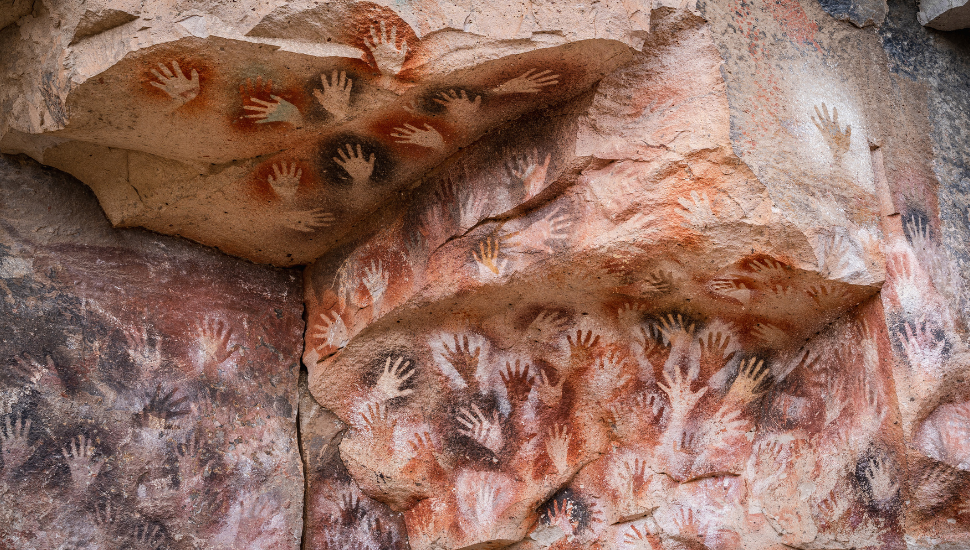
Cueva de las Manos, Río Pinturas, Argentina
Witness the beautiful hand paintings in this UNESCO-listed cave, thought to have been committed to stone up to 13,000 years ago. Based on this evidence, it is believed the area was home to the earliest inhabitants of the continent.
Little wonder it’s one of the most prominent historical attractions in South America.
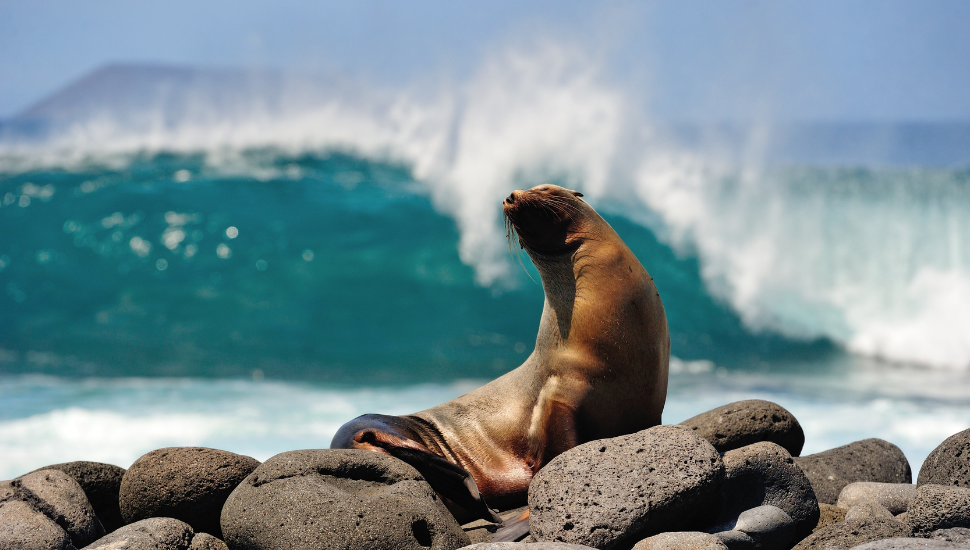
Galápagos Islands, Ecuador
Few - if any - places on Earth can match the incredible natural diversity found on Ecuador's Galápagos Islands.
Having been under the UNESCO umbrella since 1978, the islands' inhabitants enjoy a huge degree of protection. From blue-footed boobies to sea lions, giant tortoises to marine iguanas - there are endless sights for the nature lover to observe. And best of all, these creatures, having avoided human contact for countless millennia, don't mind if you get up close and take a few snaps.
The beaches on Galápagos, too, are incredible - not least because they are completely unspoilt, remaining much the same as they did when Charles Darwin visited (his experiences on the islands contributed to his theories surrounding natural selection).
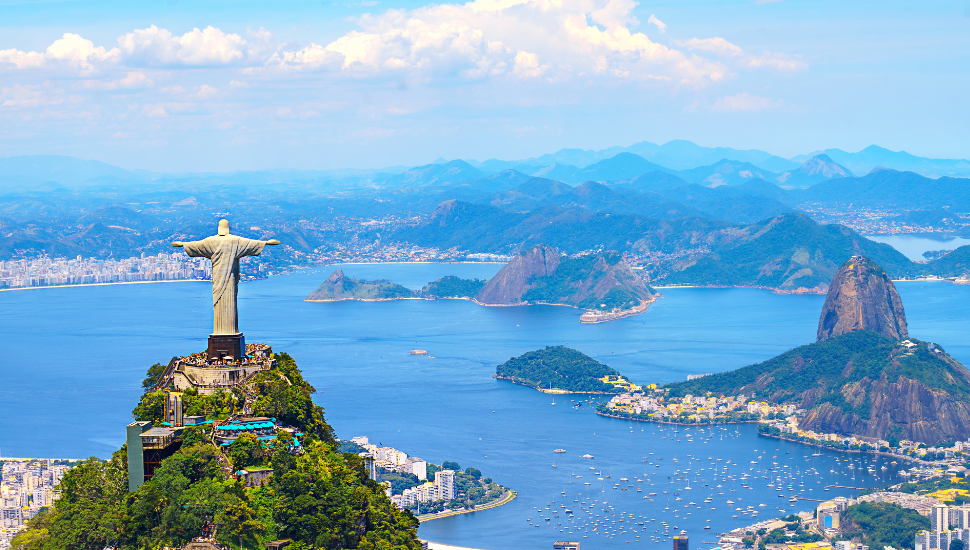
Rio de Janeiro: Carioca Landscapes Between the Mountain and the Sea
No visit to South America can be considered complete without a trip to Rio - one of the most vibrant and energetic cities on the planet.
The city received UNESCO status in 2012 - although only for the tract from Tijuca National Park's mountains down to the sea - including the famous statue of Christ on Corcovado Mountain (arguably one of the best known UNESCO World Heritage Sites in South America).
With its fabulous Copacabana Bay and stunning Botanical Gardens, it’s easy to see why Rio has one of the best-developed outdoor living cultures in the world. So much so that you may not want to leave.
Get a Quote